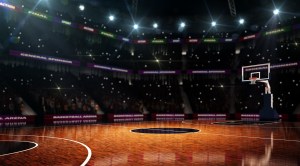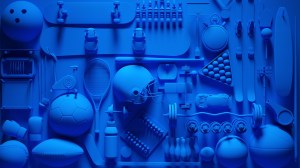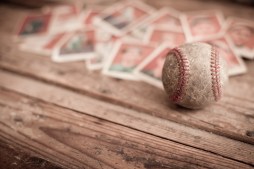Debating the DH Rule in Baseball: Arguments from Both Sides of the Aisle
The designated hitter (DH) rule in baseball has been a point of contention among fans, players, and analysts since its inception. Originally adopted by the American League in 1973, this controversial rule allows teams to have a player bat in place of the pitcher without needing to field them defensively. As Major League Baseball continues to evolve, the debate surrounding whether the DH is a game-changer or a purist’s nightmare rages on. Here, we’ll explore arguments from both sides.
Understanding the Designated Hitter Rule
The DH rule allows teams to replace their pitchers in the batting lineup with another player specifically designated for hitting. This was introduced to improve offensive performance and enhance fan engagement by giving teams more powerful hitters while minimizing weak batting performances from often less-skilled pitchers. The American League embraced this change wholeheartedly, while the National League has remained loyal to traditional rules—until recent changes suggested a potential full adoption of DH across both leagues.

Arguments For the DH Rule
Proponents of the DH rule argue that it significantly enhances scoring opportunities and keeps games exciting for fans. By allowing an additional skilled hitter into play, teams can field stronger lineups that lead to higher run totals and more thrilling moments during games. Moreover, it protects pitchers from injury as they focus solely on pitching rather than batting—a concern given that pitchers are generally not trained hitters.
Arguments Against the DH Rule
On the flip side, traditionalists argue that implementing a designated hitter undermines one of baseball’s most cherished aspects: strategy. They believe that having pitchers bat is integral to managing a team’s roster and making tactical decisions during games. Furthermore, critics argue that it diminishes some classic elements such as bunting, stolen bases, and double switches—all strategies that are less likely when an automatic hitter takes the pitcher’s spot.
Impact on Player Development
Another dimension of this debate involves player development within major league organizations. Supporters of the DH contend that young players benefit from focusing entirely on hitting without having to worry about defensive responsibilities at an early stage in their careers. Conversely, critics suggest that allowing younger players less experience in all facets of gameplay could hinder their overall development as well-rounded athletes—a vital aspect for future stars.
The Future of Baseball: Where Do We Go From Here?
As MLB continues exploring changes aimed at improving gameplay and drawing new audiences, there’s speculation about whether all teams will eventually adopt standardized rules regarding designated hitters across both leagues. The outcome could redefine strategies employed by managers while also appealing more broadly to fans who prefer high-scoring matches over low-scoring pitching duels.
In conclusion, whether one sees value or detriment in utilizing a designated hitter will likely depend on personal preference regarding how baseball should be played—traditional or modernized? As debates continue among enthusiasts across generations and leagues alike; one thing is certain: discussions about ‘the DH’ aren’t going away anytime soon.
This text was generated using a large language model, and select text has been reviewed and moderated for purposes such as readability.











